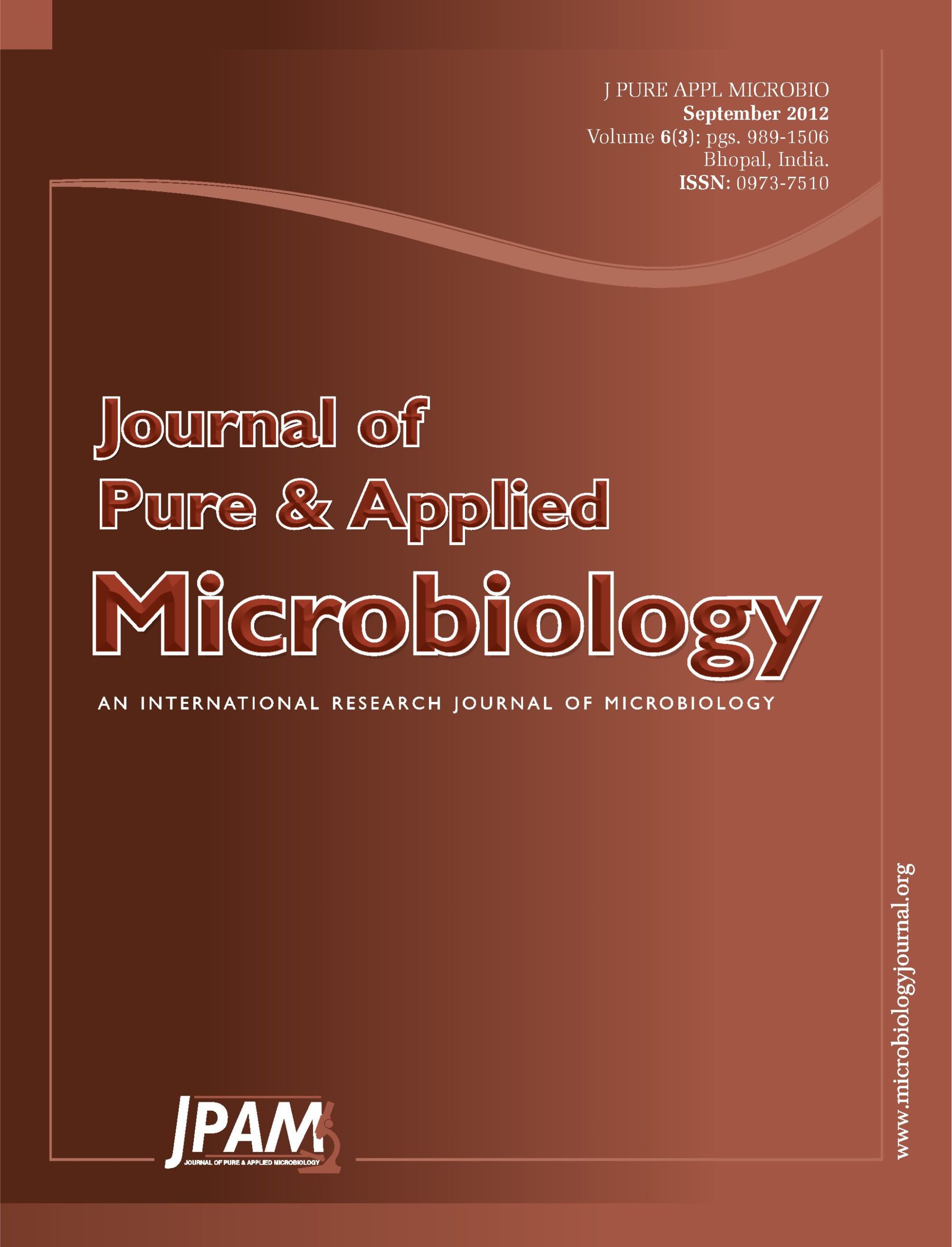Foot infections are common in diabetic patients and its sequelae is the common cause for disability and hospitalization. Understanding the bacteriology and accuracy of the culture methods is important in selecting antibiotics to these patients. In India studies of microbiology of diabetic foot infections are scanty and magnitude of this problem goes unnoticed. The present study was undertaken to document the nature of diabetic foot infections in our region and to identify aerobic bacteria associated with diabetic foot infections and its antibiogram. The present study was a cross sectional study carried out in the Department of Microbiology, Shimoga Institute of Medical Sciences, Shimoga during January 2010 to December 2010. A total of 100 diabetic patients were included in the study with inclusion criteria as presence of foot infection due to diabetes of grade 1 and above (Wagner’s classification) and hospitalized patients. Pus samples were collected from above patients with aseptic precautions and were subjected to bacteriological examination. Organisms and its antibiogram were identified by standard conventional techniques.
Out of the hundred cases of foot infection in diabetics 72 were male and 28 female with mean age between 34 to 70 years. All the cases studied were of non insulin dependent diabetics mellitus (NIDDM) and the duration more than 5 years. Out of the 100 cases studied, 64 were diabetic ulcers, 21 diabetic cellulitis and 9 diabetic gangrene.of the bacteria isolated 56 were gram positive cocci, 91 were gram negative bacilli. An appropriate selection of antibiotics based on the antibiograms of the isolates from the lesions is the most critical for the management of these infections. Nevertheless the initial empirical therapy often has to be decided based on the knowledge of susceptibility profile of microbial flora recovered from previous cases.
Diabetes mellitus, microbial infection, antibiogram
© The Author(s) 2012. Open Access. This article is distributed under the terms of the Creative Commons Attribution 4.0 International License which permits unrestricted use, sharing, distribution, and reproduction in any medium, provided you give appropriate credit to the original author(s) and the source, provide a link to the Creative Commons license, and indicate if changes were made.


